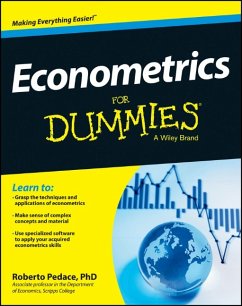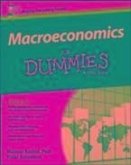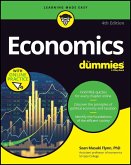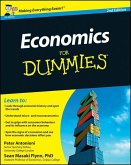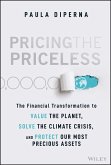Score your highest in econometrics? Easy.
Econometrics can prove challenging for many students unfamiliar with the terms and concepts discussed in a typical econometrics course. Econometrics For Dummies eliminates that confusion with easy-to-understand explanations of important topics in the study of economics.
Econometrics For Dummies breaks down this complex subject and provides you with an easy-to-follow course supplement to further refine your understanding of how econometrics works and how it can be applied in real-world situations.
If you're seeking a degree in economics and looking for a plain-English guide to this often-intimidating course, Econometrics For Dummies has you covered.
Hinweis: Dieser Artikel kann nur an eine deutsche Lieferadresse ausgeliefert werden.
Econometrics can prove challenging for many students unfamiliar with the terms and concepts discussed in a typical econometrics course. Econometrics For Dummies eliminates that confusion with easy-to-understand explanations of important topics in the study of economics.
Econometrics For Dummies breaks down this complex subject and provides you with an easy-to-follow course supplement to further refine your understanding of how econometrics works and how it can be applied in real-world situations.
- An excellent resource for anyone participating in a college or graduate level econometrics course
- Provides you with an easy-to-follow introduction to the techniques and applications of econometrics
- Helps you score high on exam day
If you're seeking a degree in economics and looking for a plain-English guide to this often-intimidating course, Econometrics For Dummies has you covered.
Dieser Download kann aus rechtlichen Gründen nur mit Rechnungsadresse in D ausgeliefert werden.
Hinweis: Dieser Artikel kann nur an eine deutsche Lieferadresse ausgeliefert werden.

